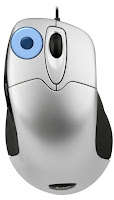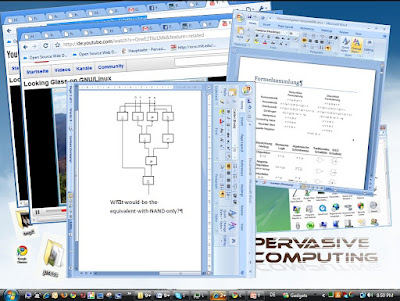
Looking at interesting and novel interaction devices that would be challenging for students to classify (e.g. in the table suggested by Card et al 1991 [1]) I can across some pretty unusual device. Probably not really useful for an exam but perhaps next year for discussion in class…

Ever wanted to rearrange the keys on your keyboard? ErgoDex DX1 is a set of 25 keys that can be arranged on a surface to create a specific input device. It would be cool if the device could also sense which key is where – would make re-arranging part of the interaction process. In some sense it is similar to Nic Villar's Voodoo I/O [2].
Wearable computing is not dead – here is some proof ;-) JennyLC Chowdhury presents intimate controllers – basically touch sensitive underwear (a bra and briefs). Have a look at the web page or the video on youtube.
What are keyboards of the future? Each key is a display? Or is the whole keyboard a screen? I think there is too much focus on the visual und to less on the haptic – perhaps it could be interesting to have keys that change shape and where the tactile properties can be programmed…
[1] Card, S. K., Mackinlay, J. D., and Robertson, G. G. 1991. A morphological analysis of the design space of input devices. ACM Trans. Inf. Syst. 9, 2 (Apr. 1991), 99-122. DOI= http://doi.acm.org/10.1145/123078.128726
[2] VILLAR, N., GILLEADE, K. M., RAMDUNYELLIS, D., and GELLERSEN, H. 2007. The VoodooIO gaming kit: a real-time adaptable gaming controller. Comput. Entertain. 5, 3 (Jul. 2007), 7. DOI= http://doi.acm.org/10.1145/1316511.1316518



















